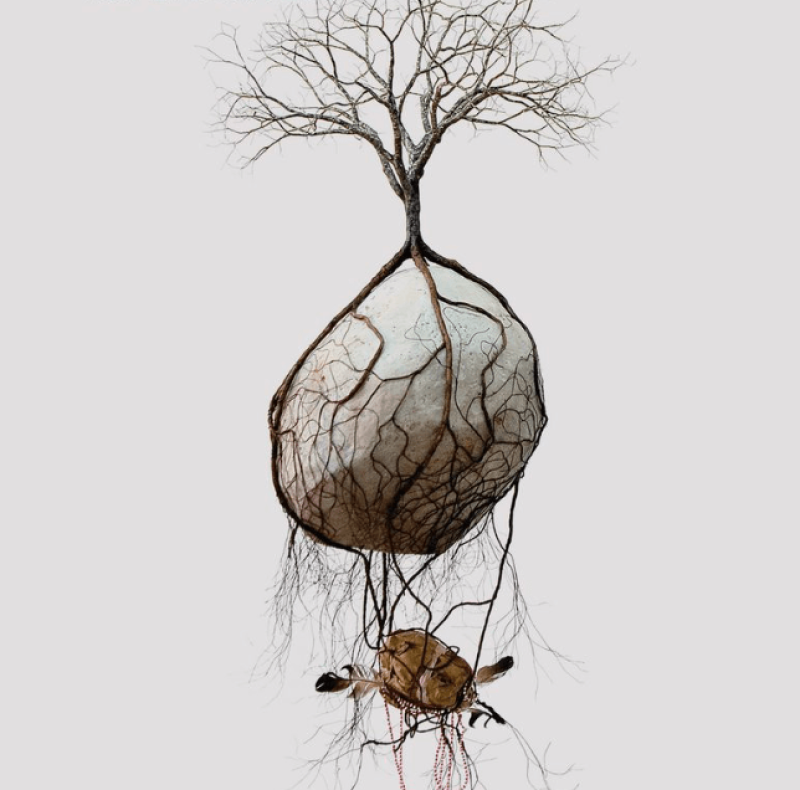[Editor’s note: Sophia Roosth, a historian of science at Harvard University, talks about her new book on synthetic biology: Synthetic: How Life is Made.]
The field of synthetic biology, or engineering new forms of life, is less than two decades old, but its pioneers are responsible for some of the most interesting projects coming out of labs today: inscribing lines of James Joyce onto a synthetic genome, reproducing the smell of a rose without actually needing a rose, and possibly bringing back the extinct woolly mammoth.
So how did this field get started? Where do synthetic creatures belong on the family tree? And how does the language we use when we describe synthetic biology shape the field?
…
Synthetic biology is beginning to turn into something that’s less of a discipline in itself and more of a commonsense approach to bioengineering. It’ll become both less surprising and more thinly spread across the life sciences.
The closer biotech gets to modifying humans, the more ethical concerns will attend it. … My guess is that both the methods and the technology of synthetic biology — and here I’m thinking particularly of DNA synthesis — will continue to become more common, less remarked upon, and just part of the toolkit of biotechnology and bioengineering.
The GLP aggregated and excerpted this blog/article to reflect the diversity of news, opinion, and analysis. Read full, original post: How to create a new life form: Historian Sophia Roosth on the future of synthetic biology
For more background on the Genetic Literacy Project, read GLP on Wikipedia
































